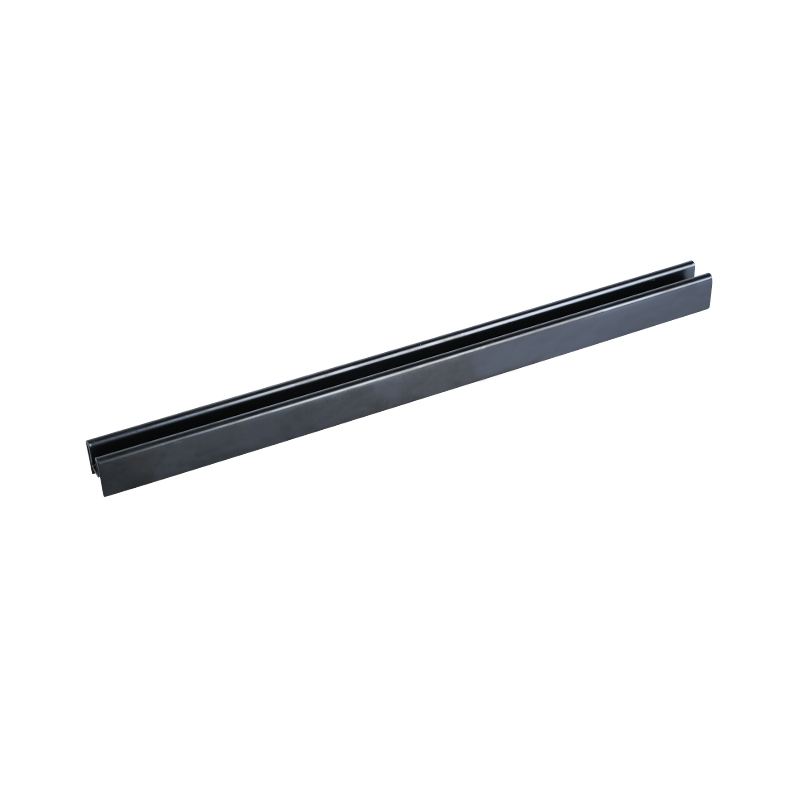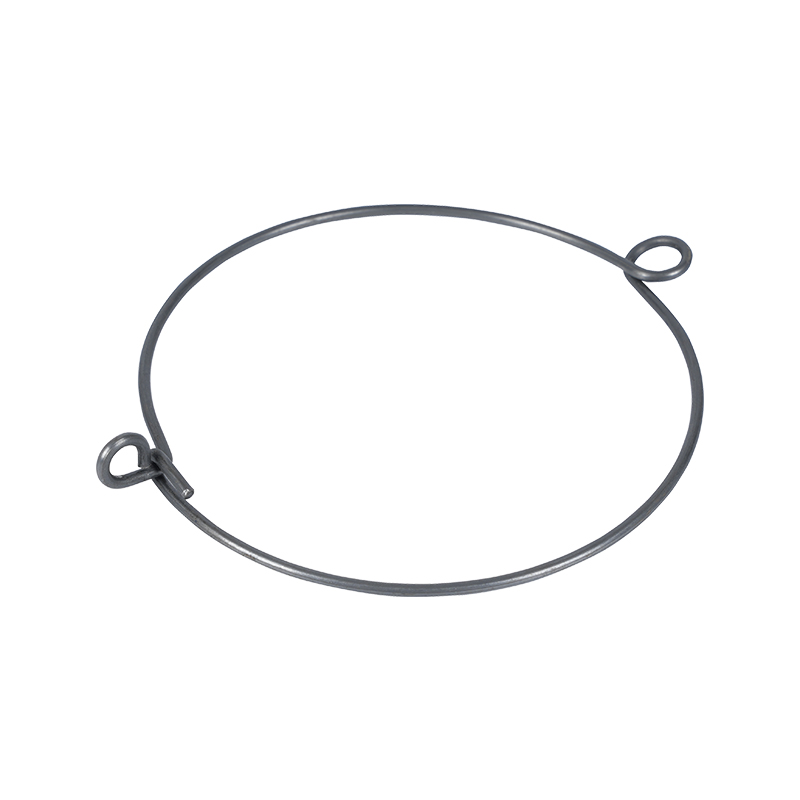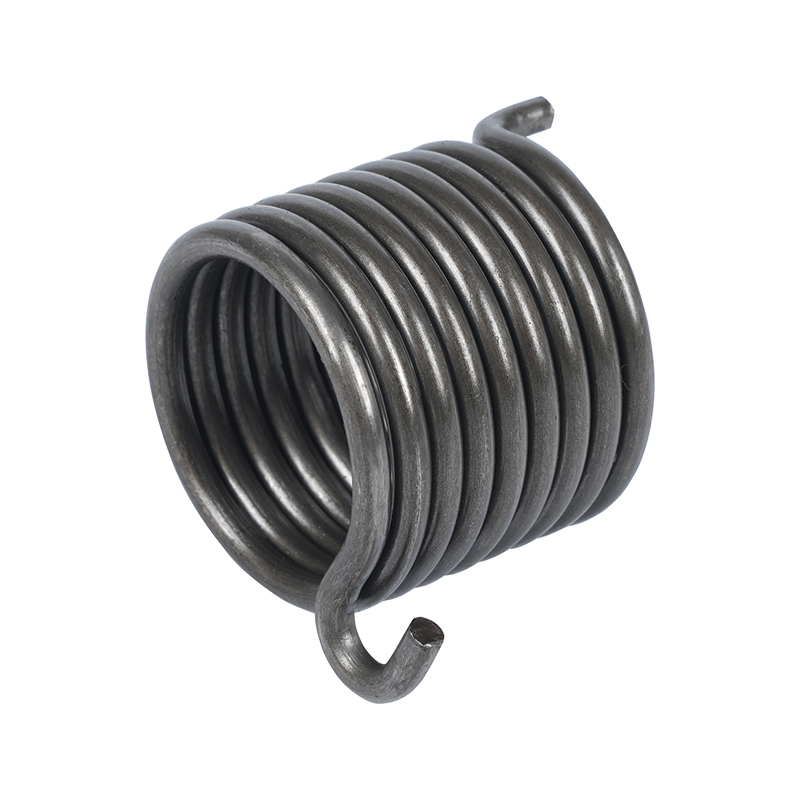Custom Cast Aluminum Innovations: Shaping The Future Of Lightweight Engineering Materials
In recent years, Custom Cast Aluminum has gained significant attention across multiple industries due to its versatile properties and adaptability. Unlike standard aluminum castings, custom cast aluminum allows engineers and designers to tailor components to specific requirements, addressing unique performance, weight, and durability needs. Its lightweight nature makes it especially appealing in applications where reducing mass can advance to greater energy efficiency and enhanced overall performance. From automotive and aerospace to industrial machinery, custom cast aluminum components are increasingly becoming an integral part of innovative engineering solutions.

Engineering Advantages of Custom Cast Aluminum
One of the primary advantages of custom cast aluminum is its ability to combine strength and low weight. Engineers can adjust the composition of alloys and casting techniques to produce components that meet rigorous structural demands while reducing the weight burden. This flexibility is invaluable in sectors such as transportation, where lowering vehicle weight can significantly improve fuel efficiency and reduce emissions. Furthermore, custom cast aluminum parts often exhibit reliable resistance to corrosion and wear, making them suitable for harsh operational environments.
Custom cast aluminum also supports complex geometries and designs that are difficult to achieve with traditional manufacturing methods. By using precision casting techniques, manufacturers can create intricate shapes without requiring extensive machining. This capability not only saves material and labor costs but also opens up new possibilities for product innovation and design flexibility.
Applications Across Industries
Automotive manufacturers are increasingly adopting custom cast aluminum components to enhance vehicle performance. Engine blocks, transmission housings, and suspension parts benefit from reduced weight without sacrificing strength. Similarly, aerospace applications leverage custom cast aluminum for structural components and airframe parts, where every kilogram saved contributes to fuel efficiency and payload capacity.
Industrial machinery also benefits from the adoption of custom cast aluminum. Components such as housings, brackets, and structural frames can be optimized for weight, durability, and thermal conductivity. In combination with other materials like customized stainless steel, engineers can design hybrid solutions that meet the demands of specific applications. For instance, customized stainless steel elements can provide additional strength and corrosion resistance where necessary, complementing the lightweight characteristics of aluminum.
Collaboration Between Materials
The integration of custom cast aluminum with customized stainless steel allows designers to create components that combine the unique properties of both materials. Aluminum contributes lightness and ease of shaping, while stainless steel adds toughness and resistance to high-stress or corrosive environments. This collaborative approach enhances the overall performance and lifespan of components, particularly in settings that require both strength and reduced weight.
For example, machinery parts exposed to high wear or bad temperature fluctuations may benefit from a hybrid design where aluminum provides the main structure and stainless steel reinforces critical stress points. Similarly, in the construction and transportation industries, hybrid assemblies can achieve a balance between durability, weight, and cost-efficiency, demonstrating the advantages of thoughtful material selection and design.
Future Outlook
As industries continue to demand higher performance with lower environmental impact, the role of custom cast aluminum is expected to grow. Advances in casting technology, simulation software, and alloy development will likely expand its applications and efficiency. At the same time, collaboration with materials like customized stainless steel will enable more durable and functional solutions, pushing the boundaries of what can be achieved in engineering design.
In addition to performance improvements, sustainability is becoming a key factor. Aluminum is highly recyclable, and combining it with tailored stainless steel components ensures longer product life cycles and less waste. This approach aligns with global efforts to reduce the environmental footprint of manufacturing and design.
Custom cast aluminum is no longer a niche material; it is an essential element in modern engineering and design. By combining it with customized stainless steel, engineers can develop solutions that are lightweight, durable, and adaptable to a wide range of applications. With continued innovation, these materials will likely play a central role in shaping the future of engineering, offering versatility, sustainability, and enhanced performance across multiple industries.


 English
English русский
русский Español
Español











